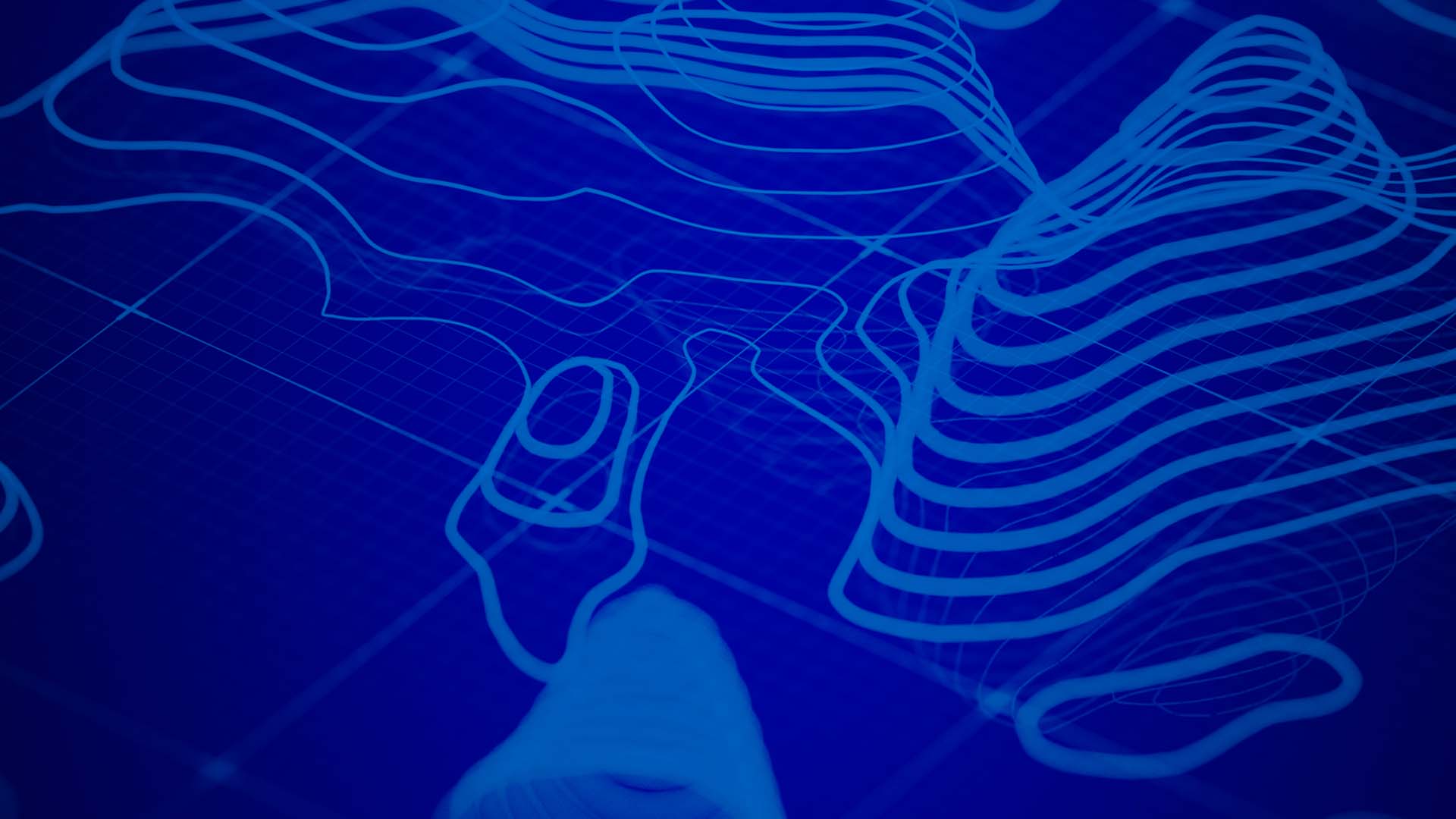The 2020 Esri Federal GIS Conference focused on how GIS is evolving to become a smart, connected global geospatial infrastructure—one that allows the planet to react, respond, and grow intelligently. Over two days at the Walter E. Washington Convention Center in Washington, DC, thousands of attendees came together to discover the ways GIS can enable federal users to be an integral part of this new “intelligent nervous system” for the world.
GIS integrates geographic data into the decision-making process, turning it into a valuable tool for understanding the world and creating a sustainable future. Data sharing is key to effective global and national collaboration, and federal organizations are in a unique position to facilitate this transformation at scale.
Keynotes Discuss Location Intelligence for Conservation and Defense
Dr. Healy Hamilton, Chief Scientist at NatureServe, a nonprofit provider of western hemisphere biodiversity information and tools, shared the Map of Biodiversity Importance in her Keynote Address. The Map of Biodiversity Importance uses big data, GIS, cloud computing, and artificial intelligence to help scientists predict and share fine resolution maps of the most likely places where species will exist and where they most need protecting based on their location. Dr. Hamilton discussed how federal agencies can use this geospatial analysis of suitable habitat for over 2200 species at risk in the continental US—identifying opportunities for sustaining biodiversity in the years to come.
Closing out the Keynote Session, Vice Admiral Robert D. Sharp, Director, NGA participated in a conversation on stage with Jack Dangermond to discuss the four priorities of NGA—people, partnerships, mission today and mission tomorrow—and how GIS plays a significant role in achieving the agency’s mission. After VADM Sharp’s tour of duty in Operation Desert Storm, he realized that everything the military was engaged in was related to time and space. Having taken charge of the NGA, VADM Sharp seeks to ensure that the US remains globally competitive now that geospatial technology is being used on the world stage as a military intelligence tool.
Users Make Predictive Decisions with GIS and AI
By the year 2050, farmers will be expected to feed a world population of up to 10 billion people. To meet this challenge, the US Department of Agriculture – Agricultural Research Service developed the Agricultural Collaborative Research Outcomes System (AgCROS) as the next generation collaborative platform to share data across the agricultural community. AgCROS is designed to engage government employees, scientists, farmers, and citizens. Using an ArcGIS Hub, and information like satellite data and sensor networks, this platform uses machine learning to show farmers the most effective growth methods based on their crops and location. This allows them to do more with fewer resources, as well as maximize their efficiency.
In the mid-20th century, urban areas across the country experienced extreme pollution events that contributed to the formation of the US Environmental Protection Agency. Though the nation has substantially improved air quality over the last five decades, evolving sources of pollution as well as impacts from wildfires continue to pose a threat to public health and the environment. Today, members of the Agency’s Air Quality Analysis team are using GIS to manage ambient air data, analyze pollution movement patterns and model air quality, and produce readily accessible information for policymakers and the public to help make decisions about their daily activity through AirNow.gov. This interactive new website uses predictive models to show citizens if their air is polluted, even if they don’t have monitors in their community.
As the countdown to the 2020 Census continues, the US Census Bureau is preparing for the largest peacetime mobilization of GIS-powered enumerators. However, many people live in locations where they are inaccessible via traditional postal services, or who speak another language. In order to know how to reach these people, and what kind of materials to send them, the US Census is using GIS and satellite imagery to determine specifically which people in what parts of the country require specialized services, such as a personal home visit or bilingual forms.
YMCA (the Y) is using geospatial technology to positively engage associations through research-based insights. By understanding local community needs, the Y can nimbly respond to the people they serve. With 20 million individuals served, the Y uses ArcGIS to analyze local community data such as drivetimes, populations in age range, and median income. This enables the Y to engage the youth with different tactics in areas where there is a low connection with communities and organization. It is also allowing them to see where their efforts are having the most impact.
New Products and Capabilities
The FedGIS Conference also provided a great insider’s look at what’s new from Esri:
- ArcGIS Analytics for IoT, a new capability in ArcGIS Online, allows users to ingest, visualize, analyze, store and act upon massive velocities and volumes of internet of things (IoT) sensor data. Analytics for IoT integrates data from connected vehicles, Waze layers, and stationary sensors. Able to run on the cloud, this capability analyzes hundreds of thousands of observations a second in real time, so all agencies need is a browser to access the information.
- Site Scan for ArcGIS is a new an end-to-end enterprise drone data and analytics solution for Esri’s ArcGIS platform that is also operational from the cloud. With Site Scan, users can quickly plan and execute their drone flights. This new solution enables a seamless workflow, from drone flight planning, launch, and image capture all the way to data analysis and dissemination.
- ArcGIS Mission, an all-inclusive, tactical situational awareness and mission management software solution that provides organizations with a comprehensive understanding of an operating environment. Team members can track, monitor, and coordinate movement via location sharing and peer-to-peer communication. The new solution provides the ability to assign teams, designate maps, and share documents for mission operations, allowing personnel to make better decisions in real time.
For more on the 2020 Esri Federal GIS Conference, check out videos from the Plenary Session online.
